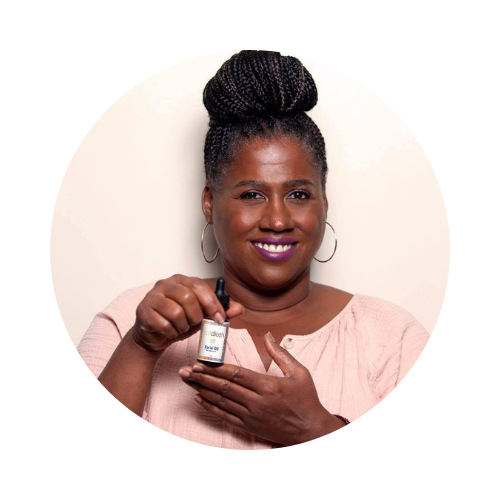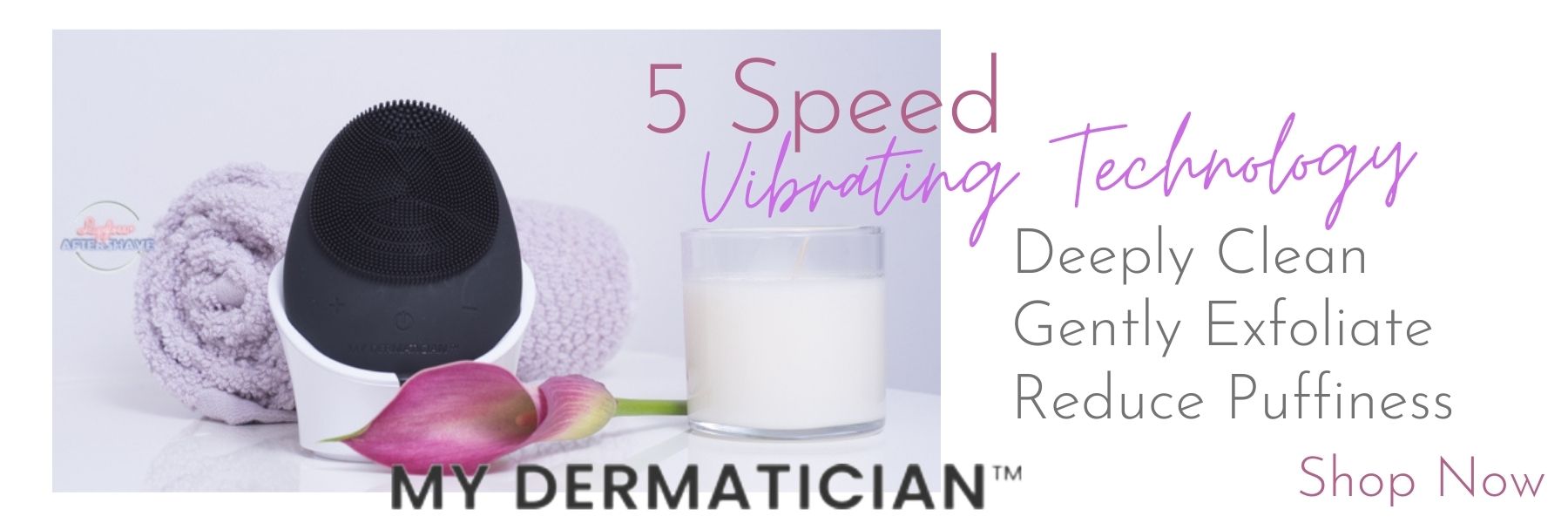Brightening Multi-Ethnic Skin – Tips from AskAliesh.com.
When building a multi-ethnic skin care practice, hyperpigmentation is the primary skin condition you will need to know how to treat. This condition is one of the most challenging issues to resolve. Seasoned hyperpigmentation specialists understand that balancing skin tone is a process that requires a combination of brightening ingredients, chemical peels, and a consistent home care regimen.
It takes time to see results with any brightening regimen. It doesn’t matter if your client is European American with solar induced lentigines or Southeast Asian American with PIH, brightening protocols take time. What’s more, when treating African American skin, you have to take into consideration the extremely reactive melanocyte cells as well as the fact that cells just desquamate, or slough off at a slower rate due to the oily, adherent quality of melanin. This is an attempt to re-train or reprogram the melanin making cells so that they become less reactive.
Here’s a tip: Prepping the skin with a hydrating agent like hyaluronic acid or a high pH lactic serum will improve the absorption of brightening serums.

Contribution by Aliesh Pierce
Brightening Ingredients
Even though it works by killing the melanocyte, prescription-strength hydroquinone is seen as the gold standard in brightening. For those who wish to avoid this toxic ingredient, utilizing a mix of botanical brighteners is the key to successfully resolving hyperpigmentation. Professional brightening products are formulated with a blend of tyrosinase blockers, copper chelators, polymerization inhibitors, antioxidants, and UV protection.
Ingredients like alpha arbutin, azelaic acid, and licorice root inhibit tyrosinase activity to slow down melanin production.
All forms of Vitamin C inhibit melanocyte activity and they work very well with alpha-arbutin to neutralize the free radicals in the skin.
Tranexamic acid blocks UV radiation so it’s effective at inhibiting solar-induced melasma.
Licorice root inhibits intercellular communication.
Often higher pH brightening chemical peel solutions such as kojic, mandelic, azelaic, glycolic, and lactic acids are added to the protocol to boost exfoliation.
AskAliesh’s Brightening Protocol
-
- Perform a double cleanse with Mandelic Cleanser.
- Apply proteolytic enzyme mask. Occlude with plastic wrap under steam or hot towels.
- Remove enzymes.
- Apply high alkaline desincrustation solution under steam or hot towels.
- Remove with an ultrasonic skin scrubber.
- Perform extractions.
- Swipe on a brightening or hydrating toner.
- Perform a high-frequency or LED light therapy treatment.
- Apply a high pH lactic, mandelic, or kojic acid (typically 2.5 pH or above).
• This can be combined with an Azelaic acid booster.
10. Follow with a brightening mask or end the session with finishing products.
11. Apply finishing products.
• High Antioxidant and/or peptide serum
• Brightening moisturizer
• Sunscreen
A Note on Sunscreens
Sunscreen is an important part of any skincare regimen but it is essential when undergoing a pigmentation brightening regimen. Whether chemical or physical, the objective is to filter out radiation to protect the skin from ultraviolet light (UV). Organic or chemical sunscreens absorb the sun’s rays, while inorganic or physical sunscreens scatter them. Client’s with deeply pigmented skin tend to believe they are exempt from the sunscreen rule. Estheticians may need to re-assert their expert status to convince the client to agree to use some sort of sun protection as part of their brightening regimen.
Chemical:
Octinoxate
Avobenzone
Oxybenzone
Octocrylene
Octisalate
Physical:
Zinc oxide
Titanium dioxide
Creating a Chemical Peel Series For Multi-Ethnic Skin
While it’s true that each ethnic group has its own unique response, there are a few general rules when planning a chemical peel series. For example, when treating deep skin tones, it’s best to allow for an extended prep time. Rather than the typical 2-week period, African skin may require 4 to 6 weeks instead. Pre-treating the skin with a retinol to regulate cellular turnover and a brightener like hydroquinone (or some botanical alternative) increases product penetration, ensures even peeling, and lessens the chance of hyperpigmentation.
You will also need to develop a keen eye as the typical redness or erythema may not be visible. The endpoint of frosting as seen in TCA or the pseudo-frost seen during a salicylic acid peel may appear more intense against a brown backdrop.
AdvaEthnic Considerations
As a general rule, it is always advised that the program begins with a less aggressive formula, working to a lower pH (higher concentration) over time. When treating African skin, it’s important to apply no more than one coat to the naso-labial folds of dark skin types. Also, limiting TCA treatments to one coat is wise when customizing a peel series. This group is extremely susceptible to secondary hyperpigmentation.
Asian skin has the thinnest stratum corneum of any ethnic group so it experiences greater TEWL. That means it can be very reactive. However glycolic peels are proven effective when addressing melasma concerns of your Asian clients.
TCA and phenol peels are effective at resurfacing and lightening the freckles of fair European American skin. This group is most at risk for permanent scarring and depigmentation.
People classified as LatinX, like those from Spain and Mexico, respond well to AHAs, BHAs, and even medium-depth TCAs.
One of the foremost educators in ethno-esthetics is JoElle Lee, LE, founder of JoElle Lee Advanced Esthetics Training. She suggests the following protocol when customizing a chemical peel series for your clients.
JoElle’s Advanced Treatment Protocol: AHA Chemical Peels for Skin of Color

